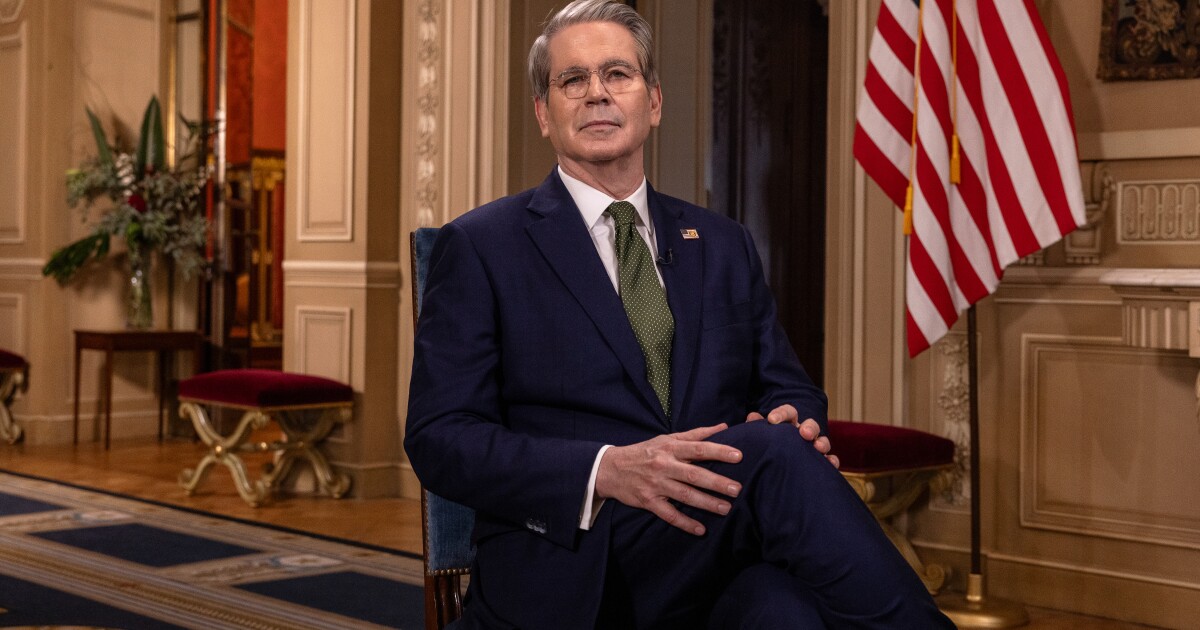
A go-to wager in the Treasury market is seeing one of its best runs ever as investors flee long-term US bonds amid President Donald Trump's escalating trade war.
In a sign of how Treasuries' status as a global haven during times of turmoil
The extra yield that investors demand to own 30-year Treasuries over two-year maturities has increased for nine straight weeks, a streak seen only one other time since Bloomberg began collating the data in 1992. Last week, that gap reached levels last seen in 2022, giving a boost to money managers such as DoubleLine that are positioned for such a move.
The appeal of long bonds dimmed last week in part on speculation that Trump's tariffs will sap international demand for Treasuries at a time when already-bloated US deficits could swell further with Congress debating tax cuts. Meanwhile, with worries around the economy growing, shorter maturities fared better versus longer-dated debt because of expectations the Federal Reserve will soon lower interest rates.
For DoubleLine, anticipating an even steeper curve from two to 30 years is the way to play this dynamic.
"That's the cleaner expression for us," said Bill Campbell, a portfolio manager at the firm. "And it's a curve positioning that continues to remain prudent at this time, given those longer-term factors."
There were other forces feeding into the outsized selloff in longer maturities last week. There was speculation that hedge funds were unwinding
Amid all the volatility, there was also
The backdrop of potential Fed action suggests the steepener strategy likely will be far from a smooth ride, and with all the turbulence there's also the prospect of profiting from reversals. The curve from two to 30 years sharply pared its steepening move on Friday, and the day before, BMO Capital Markets strategists said they entered a trade that the spread from two to 10 years would narrow.
Still, with the House
"We are watching fiscal negotiations and any sign of a larger package (IE deficit) will also not help Treasury demand as the supply/demand picture will look worse," said Priya Misra, a portfolio manager at J.P. Morgan Asset Management.
A $13 billion auction of 20-year Treasuries on Wednesday is the next big test of investor sentiment, after well-received offerings last week of 10- and 30-year debt briefly calmed the market.
Fed Chair Jerome Powell speaks Wednesday, after making clear earlier this month that the central bank won't rush to react to the Trump administration's levies. On Friday, New York Fed President John Williams said he
For now, traders are speculating the central bank will deliver three quarter-point rate cuts by year-end to fend off a steep economic slump.
"It's going to be a volatile three to six months," said Tom di Galoma, managing director at Mischler Financial Group. "A recession is being predicted by the market's steepening move."



